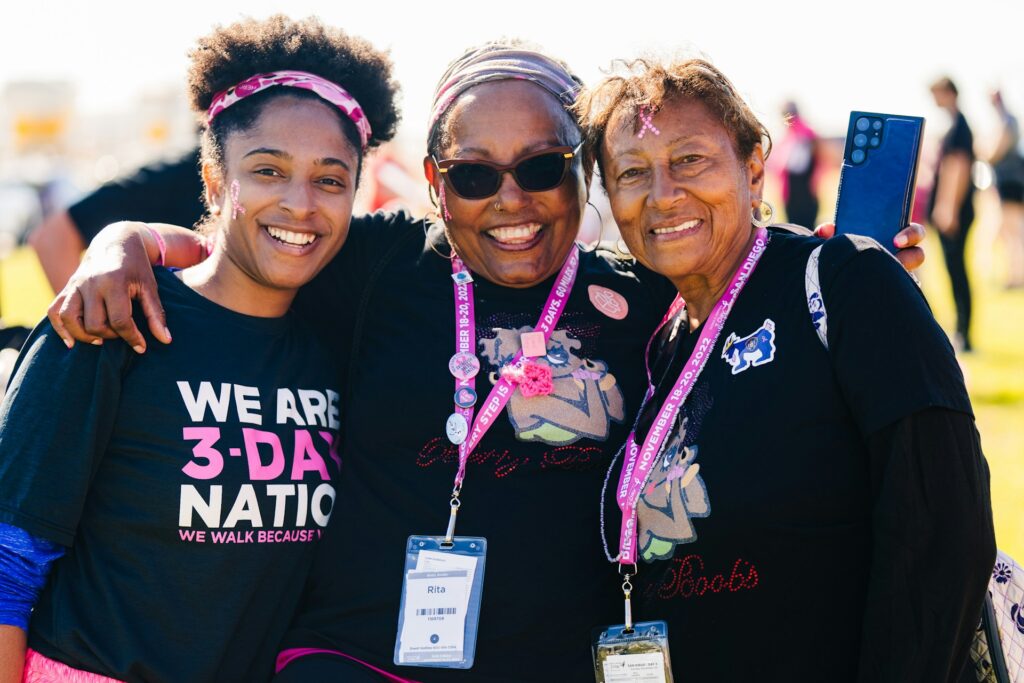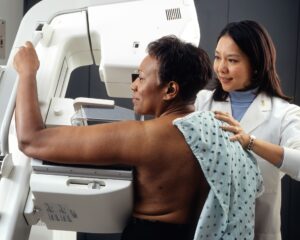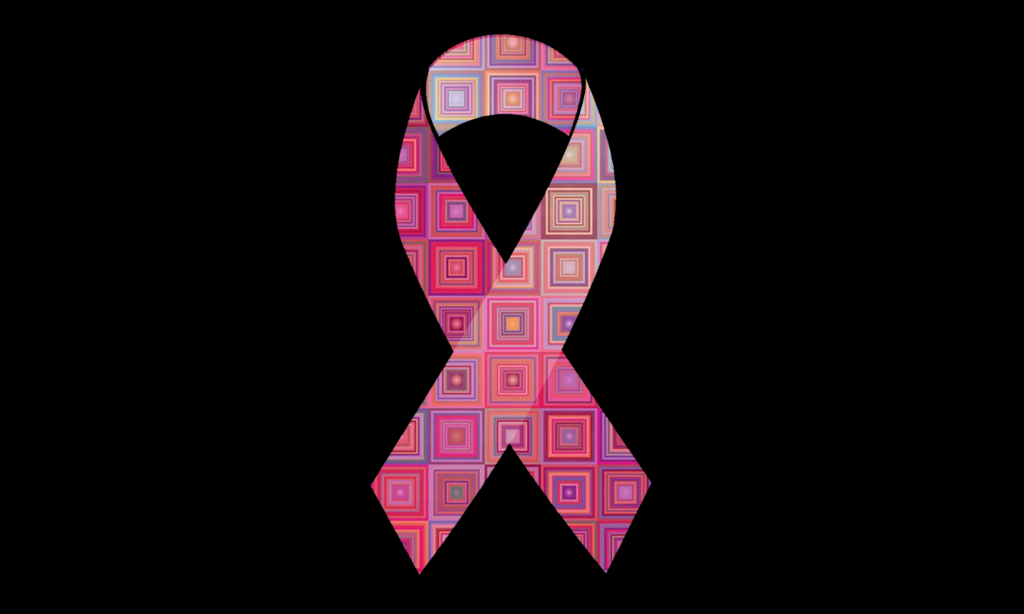Here in the U.S., we have devoted an entire month to the idea of breast cancer awareness (October). There are marathons, pink ribbons, and fundraisers everywhere you turn. And yet, 2.3 million women were diagnosed with breast cancer in 2023, and 670,000 women died from it. So, what does it all add up to?

The Benefits of Awareness
To put it succinctly, the more women are informed about the risks and management of breast cancer, the more likely they are to consult a medical professional. In fact, according to the World Health Organization (WHO), in high-income countries, such as the U.S., the age-standardized breast cancer mortality rate has decreased by40% since the 1980s. While a number of factors are involved, awareness is significant.
For many women in lower-income nations such as The Gambia, the lack of general awareness is extreme. This lack, coupled with monetary concerns and gender traditions frequently prevents women from seeking medical help for many reproductive health issues – including breast health – even when they know they are experiencing an issue. This illustrates one important feature of breast cancer awareness: it cannot target only women. Many women who succumb to the disease leave families behind, spouses, children, even parents, who then must suffer through the devastation of losing a loved one. By making everyone aware of the dangers of the disease and importance of screening and treatment, families can stand and work together to combat breast cancer.
Ribbons and events aside, breast cancer awareness is not just about an annual reminder to schedule a mammogram. A good awareness program seeks to educate people about the disease.
- Breast Cancer as a disease, its progression and how it works
- Symptoms and Signs
- Risk Factors
- Importance of Early Detection
- Treatment Options, and what each entails
- Local Resources that are available
These are all topics which a thorough breast cancer awareness program will explore. With knowledge comes power, and having an informed awareness of their bodies empowers women to take control of their personal – and breast – health.
The Benefits of Screening

One of the key goals of breast cancer awareness is encouraging women – especially those with risk factors, such as age – to seek out regular screenings. Why? Because with regular screenings comes the increased probability of discovering the disease still in its earlier stages, when it is far easier to treat.
Of course, treatments for cancer are harrowing, and those for breast cancer are no less so. With psychological as well as physical side effects, facing breast cancer is a struggle not only for life, but for dignity as well. For men as well as women, the loss of hair can be deeply upsetting, and loss due to amputation can leave deep emotional scars no matter the circumstances. Many women who undergo a mastectomy – either single or full – during breast cancer treatment experience severe anxiety and depression about their bodies later on.
When caught early, localized cancers can be removed without resorting to breast removal (mastectomy).
— Breastcancer.org
Screening for many women in higher-income countries typically means a mammogram, but in developing nations such as The Gambia or Mali, this sort of expensive equipment is often impractical – especially in remote areas, where there are few healthcare options available. Other imagery options are available, however, such as thermal imaging. Less painful than mammography, this non-contact, age-agnostic screening measures temperatures on the body rather than using radiation. Thermal cameras are also smaller than mammogram machines. In fact, the state-of-the-art breast cancer screening technology NIRAMIA Thermalytix® are being fitted into HealthPods (hPods) in the new hPod-T, which can be installed virtually anywhere. Partnered with the hCare App to provide breast cancer awareness, these kiosks are tackling two of the greatest barriers to breast cancer survival in low-income nations: awareness and screening. With easy, reliable access to both, women in all countries will have a better chance of facing and surviving one of the leading killers of women today.
Want to Know More?
Check out This blog post!
You can help Blackbird Global support breast cancer awareness and screenings in West Africa, which has the highest breast cancer mortality rate in the world. Right now we are deploying 250 hPod-T kiosks throughout The Gambia, where breast cancer has become the second most frequent cancer – after liver cancer – before the age of 25. Every donation helps – Donate Today!
Resources:
https://www.who.int/news-room/fact-sheets/detail/breast-cancer
https://www.foxchase.org/blog/why-breast-cancer-awareness-so-important
https://www.breastcancer.org/screening-testing/mammograms/benefits-risks
